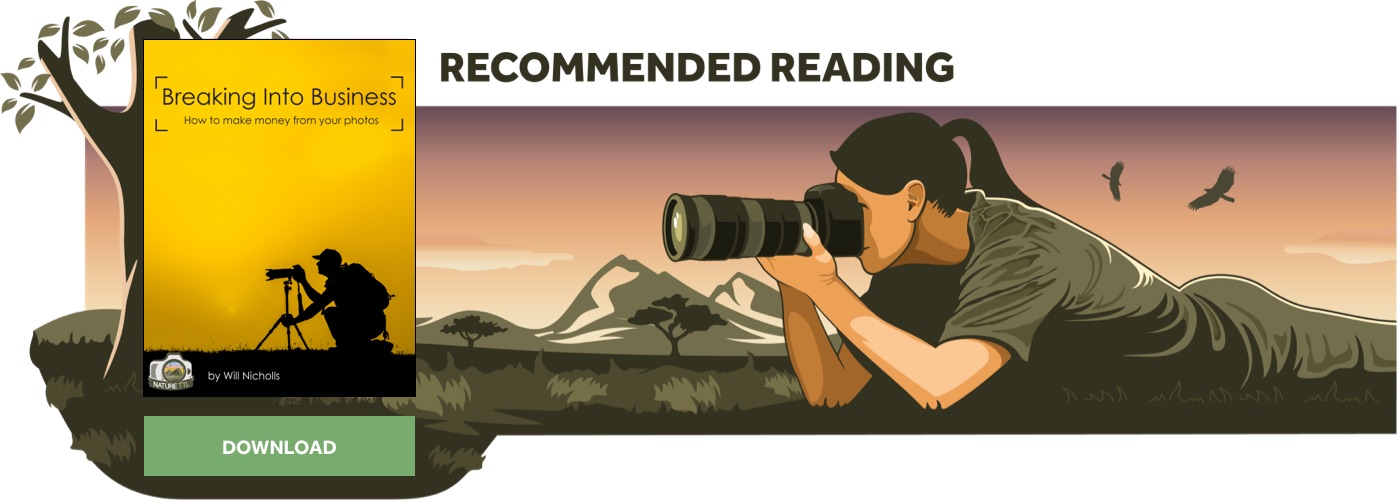What is Mirror Slap? How to Avoid Internal Camera Shake

Camera shake is the bane of every photographer. There’s nothing worse than taking a great shot and finding that the scene is not sharp because of a simple technique error. Mirror slap is one of a number of reasons you could be seeing camera shake in your shot, and it’s something that is very often overlooked.
We’ve already covered a number of ways you can fix unsharp photos, but mirror slap deserves a post of its own.


What is Mirror Slap?
In a DSLR camera, when you press the shutter the mirror flips up and down again. That’s the big “clunk” you hear; it’s not the shutter firing. Its effect is amplified when you’re taking long exposure photos, as the vibrations created when the mirror moves can cause blur in the final image.
In fact, this video on YouTube shows you how the mirror and shutter work in slow motion:
As you can see in the video, the mirror is a relatively hefty piece of equipment in the camera. It even bounces slightly because of the force with which it moves.
How to Avoid Mirror Slap
Now you know what it is, you’re probably wondering how you can avoid it in the first place. Before I dig into that, I would strongly suggest not worrying about this if you’re using a fast shutter speed. Unless you’re shooting a long exposure, you’re unlikely to see any effect of mirror slap. If your shutter speed is below around 1/30th of a second, then perhaps you should start considering preventing mirror slap.
Firstly, shooting in Live View mode will immediately remove the mirror from the game. To ensure that the LCD screen shows what the sensor is seeing, the mirror is lifted out of the way for as long as Live View is activated. When you take a photo, all that happens is that the shutter curtain fires. The mirror does not return down afterwards, either.
This is the most obvious way of removing mirror slap from a shot and, frankly, likely the only one you need to use.

If you don’t want to use Live View, however, a number of cameras have a Mirror Lock-up mode. This allows you to press the shutter once to open the mirror, and then a second time to shoot the exposure. By separating the two movements, you’re able to briefly allow any vibrations to dissipate before taking your image.
It’s as simple as that! Keep this trick in mind next time you’re shooting a long exposure photo. Even if you haven’t experienced the issue of mirror slap, it’s good practice to shoot with the mirror up for landscape photos anyway. Sometimes the effect of mirror slap may only be small, but “every little helps!”





